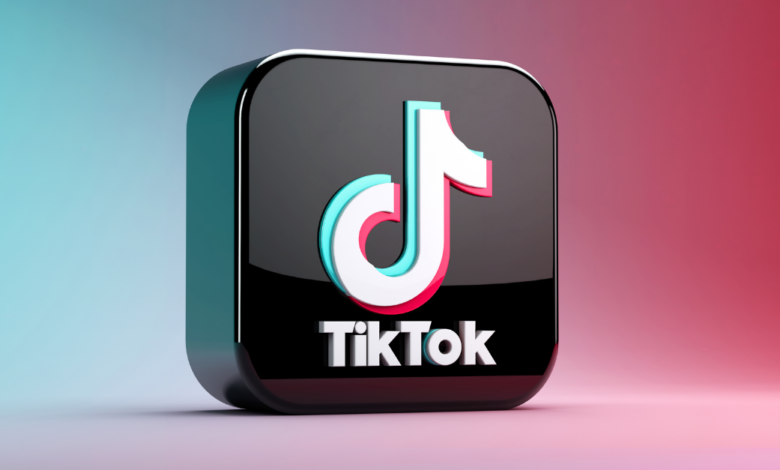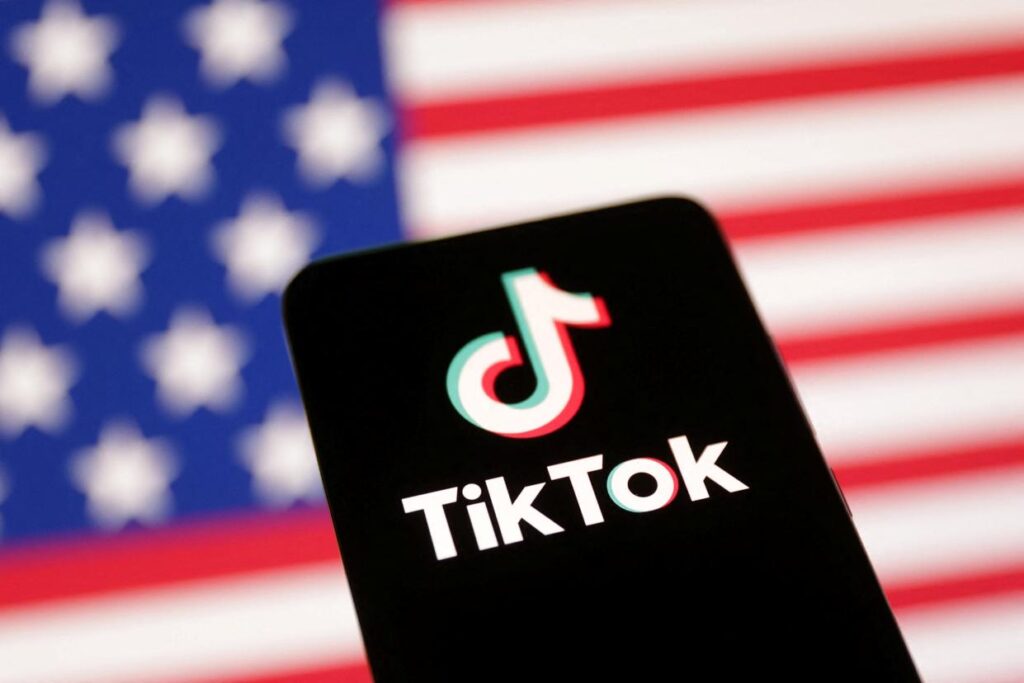From Lowkey to Global Sensation: How TikTok Revolutionized Social Media

From Lowkey to Global Sensation: How TikTok Revolutionized Social Media. In the span of a few short years, TikTok went from a relatively obscure app to one of the most downloaded platforms in the world. This meteoric rise wasn’t accidental; it was the result of strategic decisions, innovation, and resilience in the face of challenges, including the threat of a U.S. ban. TikTok’s journey is a masterclass in leveraging authenticity, marketing, and adaptability to achieve success. Here’s a closer look at the key milestones and strategies that shaped its rise—and the lessons entrepreneurs can take away.
The Early Years: Building a Foundation with Authenticity
When TikTok (formerly known as Douyin in China) was launched initially released in 2016. At first, it seemed like just another short-video platform. However, TikTok stood out by embracing user-generated content that prioritized creativity and authenticity over polished perfection.
Instead of targeting influencers, TikTok empowered everyday users to create relatable and entertaining content. Features like easy-to-use editing tools, viral sounds, and a highly intuitive algorithm helped lower barriers to entry. This democratized content creation and allowed anyone to go viral, which attracted millions of users.

The Inflection Point: The Pandemic and a Global Surge
TikTok saw a major surge during the COVID-19 pandemic in 2020. With people stuck at home, they turned to social media for entertainment and connection. TikTok’s lighthearted, often humorous content became the perfect escape. Challenges like the “Renegade” dance and trends such as #LearnOnTikTok kept users engaged and encouraged participation.
The app’s ability to provide bite-sized, relatable content resonated with Gen Z and millennials, making it a cultural phenomenon. By mid-2020, TikTok had been downloaded over 2 billion times globally.
Challenges in the U.S. Market

In 2020, TikTok faced scrutiny from the U.S. government over data privacy and national security concerns due to its Chinese parent company, ByteDance. This led to executive orders aiming to ban the app unless it was sold to a U.S. entity. However, these orders were challenged in courts, and the app remained operational.
As of January 2025, TikTok is confronting a significant legal challenge that could impact its presence in the U.S. President Joe Biden signed legislation in April 2024 requiring ByteDance to divest from TikTok by January 19, 2025, or face a ban in the United States. The law mandates that apps owned by companies from foreign adversaries, deemed national security threats, must be sold to U.S. entities to continue operations.
TikTok has appealed this mandate, and the case has reached the U.S. Supreme Court. The Court’s decision is pending, and if it upholds the law, TikTok could be banned in the U.S. unless ByteDance completes a sale by the specified deadline.
Amidst uncertainty, users are exploring alternative platforms. Apps like Xiaohongshu (RedNote) and Lemon8, both Chinese-owned, have seen a surge in U.S. downloads as users seek new outlets for content creation and community engagement.
Expansion and Innovation: Staying Ahead of the Curve
After overcoming the ban threat, TikTok doubled down on growth and innovation. It diversified its features, appealing to both creators and brands:
- Monetization Tools: TikTok introduced creator funds and e-commerce integrations, enabling influencers and businesses to generate income.
- TikTok Ads: Its advertising model allowed brands to create highly targeted campaigns, leveraging TikTok’s algorithm for maximum reach.
- Global Expansion: TikTok localized its approach in key markets, collaborating with local creators and integrating culturally relevant trends.
The app’s ability to evolve while maintaining its core focus on creativity ensured continued relevance and growth. By 2024, TikTok had expanded into nearly every major market and became a hub for both entertainment and education.

Key Strategies That Defined TikTok’s Success
- Leveraging an Algorithm that Delights: TikTok’s “For You” page became its secret weapon, offering highly personalized content that kept users hooked.
- Empowering Users Through Trends: Viral challenges, dances, and sounds kept users engaged and encouraged them to participate, creating a cycle of organic growth.
- Localizing Content: TikTok tailored its content strategy for different markets, ensuring cultural relevance and deeper connections with users.
- Community Building: By fostering a sense of belonging, TikTok turned casual users into passionate advocates.
TikTok’s journey from being a lowkey app to a global phenomenon is a testament to the power of authenticity, innovation, and resilience. Its ability to turn challenges into opportunities and engage users on a personal level made it one of the most influential brands of the decade. For entrepreneurs, TikTok’s story is a reminder that with the right strategies and mindset, even the biggest hurdles can be stepping stones to success




